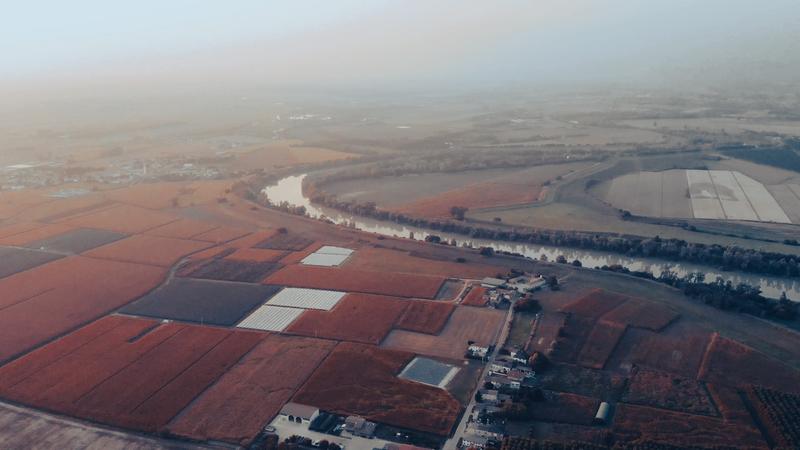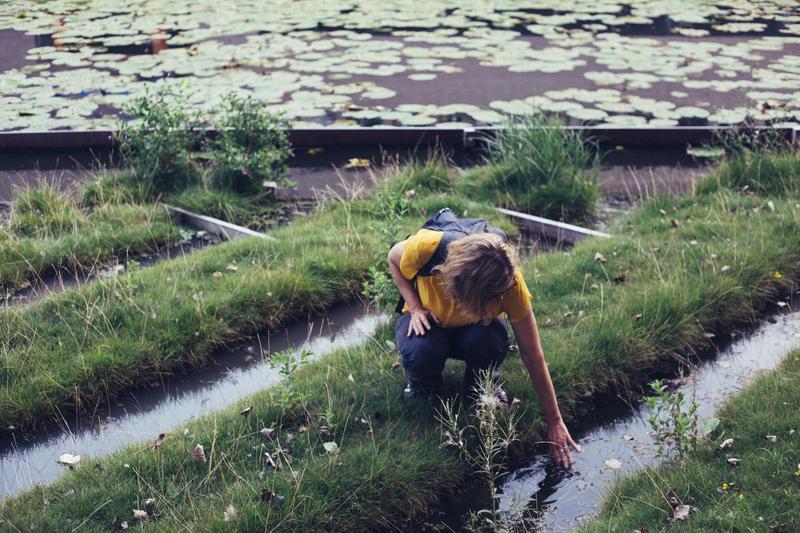Troubled Waters
The EU is an agricultural superpower, but the intensive agriculture that feeds us comes at great cost to our waters
Credit: Marian Croitoru/Pexels
In May 2022, hundreds of dead fish washed up on the shores of Mar Menor, a large saltwater lagoon in southeast Spain, south of the town of Murcia. The scene was reminiscent of previous mass die-offs in 2021 and 2019, when local residents and environmentalists were shocked by the tonnes of dead fish washing up.
Once a magnet for tourists, in recent years, the lagoon has become a “green soup” in which algae overgrowth has led to the depletion of oxygen levels in the water and deaths among aquatic life on a massive scale. Ecologists have pointed to the intensive agricultural practices in the area, and the consequent release of an excess of fertilisers into the water, as the main culprit for the pollution.
Today, Spain is one of Europe’s largest agricultural hubs. Since the aftermath of World War II, EU food production has been heavily subsidised via the Common Agricultural Policy (CAP), a system of lavish subsidies that suck up one-third of the bloc’s overall budget. The policy has, over the years, become infamous for supporting intensive agriculture and big landowners, while leaving out small farmers and contributing to climate change. By supporting intensive agriculture, the Common Agricultural Policy has also fuelled heavy use of pesticides and fertilisers, which has had deleterious consequences on aquatic environments across the continent.
These days, occurrences of mass deaths such as the one in Mar Menor are rather isolated incidents in Europe. The EU Water Framework Directive, adopted in 2000, along with a number of other water policies, sets out a framework for water monitoring and protection mechanisms across the Member States with the aim of preventing the pollution and deterioration of water bodies, and achieving their “good status.”
Yet, despite this ambitious legislation, across the EU, “26 % of groundwater bodies are yet to achieve ‘good chemical status’, and around 60 % of surface waters (rivers, lakes, and transitional and coastal waters) are not in good chemical and ecological status,” according to the 2018 data of the European Environmental Agency. Agriculture. Agriculture remains one of the main pressures on water bodies.
From the beaches in Brittany, France, to the groundwater of Aragon, Spain; from the fertile plains of the Netherlands to the prosecco hills in Italy, we have looked into how progressive EU water protection policies get watered down through limited monitoring and data collection; how the industry has managed to postpone important environmental texts using gaps in scientific knowledge, and how water pollution has impacted the lives of communities and aquatic environments throughout Europe.
The Timeline of the EU Water Policy
– 1991
Urban Waste Water Directive
The directive aims to protect the water environment from the adverse effects of discharges of urban wastewater, and certain industrial discharges.
– 1991
Nitrates Directive
The directive aims to reduce water pollution caused by nitrate from agricultural sources, and to promote the use of good farming practices.
– 1998
The Drinking Water Directive
The Directive sets standards for the water intended for human consumption, and aims to prevent adverse effects of contamination. The revised directive was adopted in December 2020, and it features more stringent water quality standards, tackles new emerging pollutants, and measures to ensure better access to water.
– 2000
The Water Framework Directive
The Directive aims to protect surface waters and groundwater, and to achieve a good qualitative and quantitative status of all water bodies by a set deadline. The Directive was revisited in 2019, and deemed fit for purpose, but with room for improvement. The conclusion of the revision was that the Directive achieved mitigated success.
– 2006
The revised Bathing Water Directive
The 2006 directive, replacing the previous one from 1976, applies to surface waters that can be used for bathing, and defines the minimum quality criteria to be met. It limits the level of pollutants and defines the monitoring parameters such as minimum sampling frequency and method of analysis.
– 2006
The Groundwater Directive
The directive is designed to prevent and combat groundwater pollution and deterioration in the EU; it assesses the chemical status of groundwater and seeks to reduce levels of pollutants.
– 2007
The Directive on Flood risk management
This directive aims to reduce the risk of floods by mapping out the areas prone to floods. and drawing up flood management plans.
– 2008
The Directive on the Strategy for the Marine Environment
The directive seeks to protect and conserve the marine environment from pressures and damaging human activities.
– 2008
The Directive on Environmental Quality Standards
The Directive sets out environmental quality standards (EQSs) for the presence of certain substances (identified as priority pollutants because hazardous for the aquatic environment) in surface waters.
– 2010
The Industrial Emissions Directive
The directive regulates pollutant emissions from industrial installations into the air, water and land, and seeks to prevent the generation of waste.

Credit: Marian Croitoru/Pexels
What have we learned?
What you don’t measure can’t hurt you:
Many scientists and environmentalists point out that we (probably) underestimate the levels of water pollution, and its effects on acquatic organisms and systems due to insufficient data and the current methods of testing;
Accountability is lacking:
The “polluter pays” principle is hard to apply when it comes to the agricultural pollution of water, and the current legislation lacks efficient reinforcement mechanisms;
Change is slow:
Current system of subsidies and agricultural policies keeps the farmers “locked in” the existing system of production.
